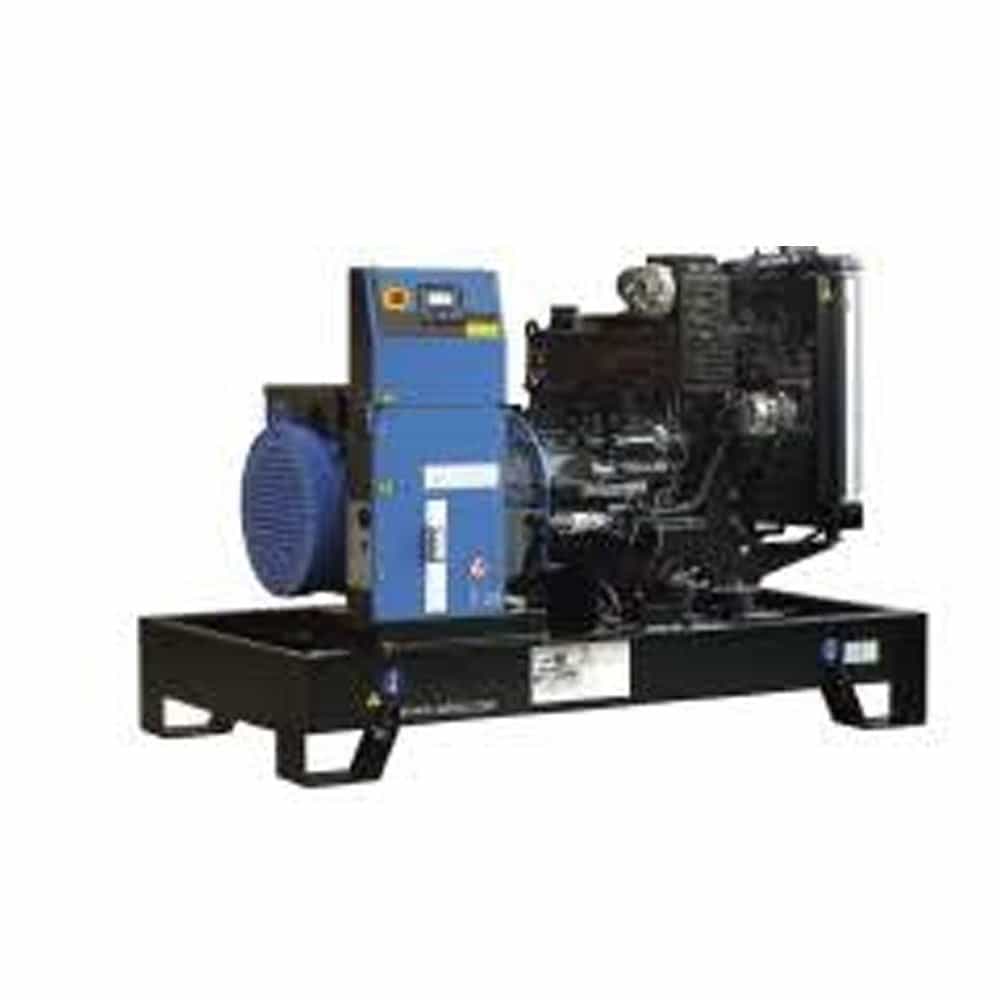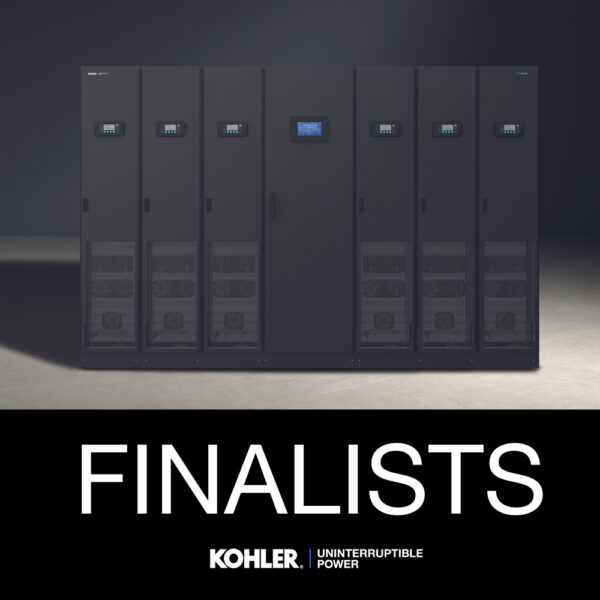This post looks at why your uninterruptible power supply may need a backup generator, and how to set up a matched UPS-generator pair.
Online uninterruptible power supplies ensure power quality while the mains supply is available, and provide emergency power supply backup from their energy storage resource when it isn’t. One inevitable problem with energy storage, typically provided by lead-acid VRLA batteries, is that its capacity is always finite. While extra UPS battery banks can increase capacity, the risk of an extended blackout exceeding this cannot be eliminated. Accordingly, most data centre operations running business-critical applications, where even a graceful shutdown is not an option, install backup generators to complement their uninterruptible power supplies.
Unlike UPS batteries, standby generators can support the critical load through any length of blackout, provided they are adequately fuelled and maintained. However, there is a range of electrical and mechanical factors to consider when pairing a backup generator system and UPS power supplies within a secure power protection system.
Within UPS generators used for standby applications, diesel generators use fuel to create mechanical energy, which an alternator converts into a single-phase (230V) or three-phase (400V) voltage. The generator’s engine, which is similar to those found in large goods vehicles, must be well-maintained, with adequate fuel supply and a healthy battery for starting. Oil and coolant levels must also be maintained.
The value of the alternator’s output voltage depends on how it is wound, while its precise amplitude and stability is controlled by an automatic voltage regulator (AVR). Voltage frequency – usually 50 Hz in the UK – is set by engine speed, which in turn is controlled by a governor that regulates fuel flow. Governors can be mechanical or electronic; mechanical types are lower cost, but are less responsive and provide less stable engine speed and frequency regulation. In contrast, electronic regulators are highly responsive with very stable engine speed regulation, so are almost always used within UPS standby generators.
If a blackout becomes extended, the backup generator system must be signalled, allowing it to automatically start, stabilise and take over the load within the remaining UPS battery autonomy. The standby generator must also be instructed to stop when utility mains power is restored. These start and stop signals are supplied by the UPS generator’s Automatic Mains Failure (AMF) detection panel.
However, to avoid the AMF panel starting the backup generator system on every mains disturbance, it is usually set to operate only after the mains power supply has failed for a significant time, usually 2 to 10 seconds. It is equally important not to shut down the UPS generator immediately after the mains is restored; the reconnection may be part of the utility company’s fault location procedure or the result of an automatic breaker operation. The fault may still exist, causing another disconnection almost immediately.
Accordingly, most AMF controlled backup generators start within 10 seconds of a utility power supply failure, and continue running for at least two minutes after the mains power supply is restored.
The standby generator should be prepared to ensure that it responds as quickly as possible to any start signal. The engine should be kept warm with a mains-powered engine water heater (sometimes called a jacket heater), while a trickle charger should keep the UPS battery fully charged.
Compatibility between backup generators and UPS power systems is also important. The backup generator’s frequency range may exceed the uninterruptible power supplies capabilities and, in the worst case, the UPS power systems synchronisation may not be possible. This could be either because the generator frequency is outside limits or it is varying too quickly for the uninterruptible power supply to follow without subjecting the load to risk.
The safest, most reliable and ultimately most cost-effective way of specifying and achieving a well-matched generator/UPS power supply pair is to discuss your requirements with a UPS supplier that has the experience and the products to assemble the right package. KUP, for example, supply both uninterruptible power supplies and backup generators and is well placed to bring them together into integrated UPS solutions with assured interoperability. KUP can also advise on related issues such as UPS generator sizing and neutral conductor switching.





